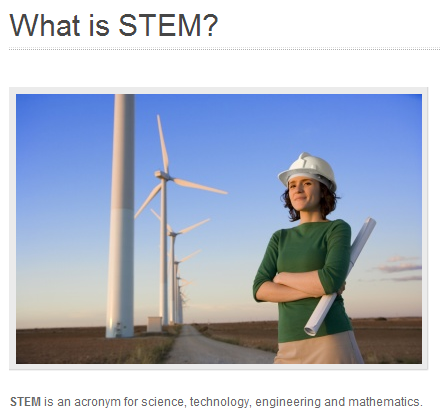As I said in my last blog, I get most of my books from charity shops. What I've noticed in some "science" books for young children are flaws that annoy me. I've talked to several people and can't decide whether I'm just being precious or pedantic. Basically, if you impart incorrect knowledge at a young age does that really hinder future understanding or does it provide a challenge which, when overcome, leads to understanding?
My friend Richard, however, says "Why teach something that is wrong in the first place?".
Here's an example:-
This isn't a good analogy because if you just take the stick away shape is maintained. The loss of shape is due to melting and the resulting "splodge" really should be a puddle.
And another:-
I'd prefer "holes" to be called "spaces" because of the actual microscopic structure of bone. Holes cannot be spongy and I'd like to have an alternative to red jelly. I wish cells had been discussed in the introduction to make explanations easier.
These two examples are taken from Little Genius : Bones by K. Lennard (2007)
Red Fox ISBN 978-0-099-45163-1. This book does provide information in an engaging and fun way but I'd like to see reviews of books like this done by the Primary Team at the ASE (Association for Science Education).
I talked about this problem in a previous blog, "Science & Imagination" hoping to encourage comment. I'll continue to produce examples from time to time. The next one will involve a favourite book about POO!

















































